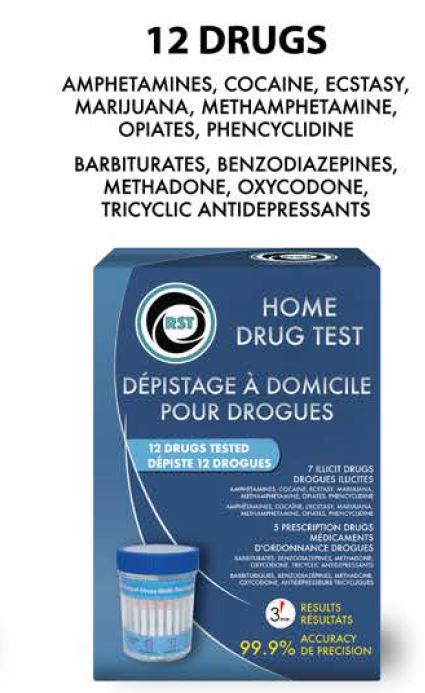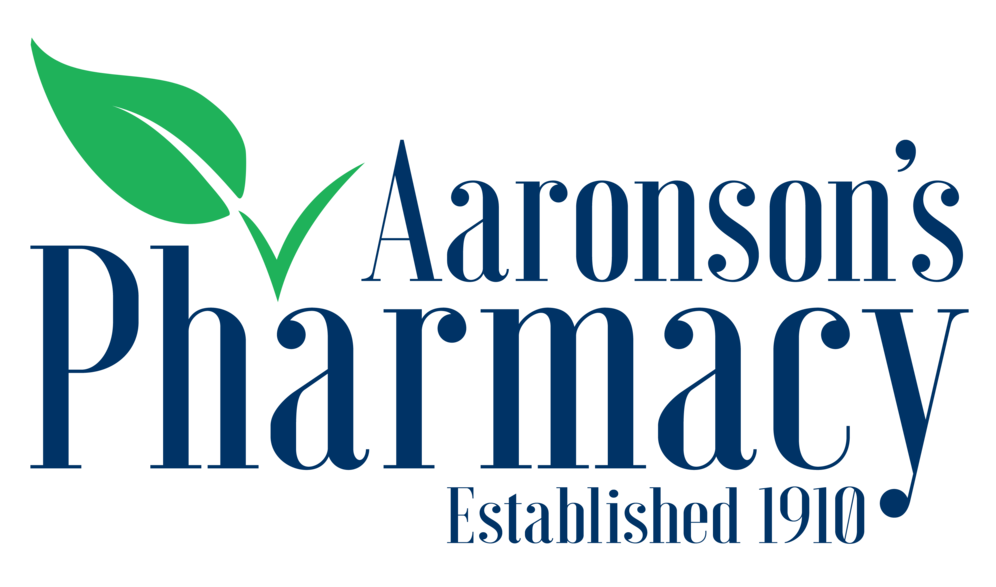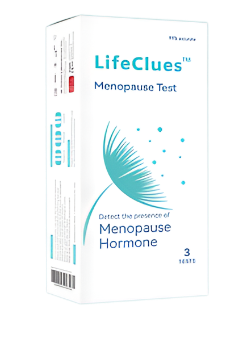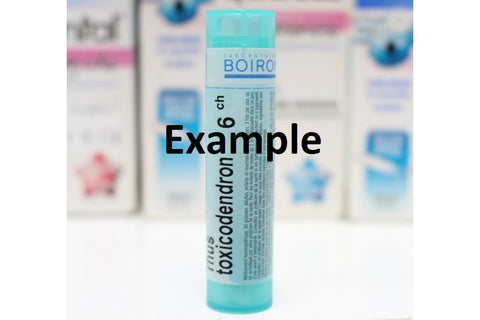
Home Drug Test
Home Drug Test - Drug of Abuse Test Panel
99.9% Accuracy for 12 Commonly Abused Drugs
This multi-drug screening test examines the specimen for evidence of commonly abused illicit drugs. Using this test is simple and easy. Results are typically available in 3 minutes. Dependable and confidential, this test allows anonymous detection of 12 substances.
This test may be used as needed for reliable sustance use screening. This low-cost method is frequently employed for periodic or random drug testing scenerios, both privately or professionally. Interpretation of results is best interpreted when combined with a comprehensive medication review. It screens for the following substances:
Amphetamines (AMP): Commonly referrred to as speed, these drugs can be used as an upper, and are popular with students. May be prescribed legally to treat Nacolepsy, or ADD/ADHD. May also be found illegally, alone or in combination with other abused substances.
Cocaine (COC): A popular drug frequently abused. It can be turned into powder and snorted, or in rock form known as crack cocaine,it may be smoked. It acts on dopamine causing a short-duration high, leading to frequent consumption. Rarely found in its pure form, it acts as a stimulant. Medically it functions as a local anesthetic. Due to many alternatives, it is rarely used as a prescribed medication, but can occasionally be used for short duration procedures in medical offices.
Ecstacy (MDMA): A popular club drug known for producing a strong stimluant action, and potent serotonin effects. It lasts several hours and produces a strong euphoria. It is practically never used medicinally. It has a long effective half-life, excerting its effects for several hours. Typically ingested as a tablet or capsule; occastionaly snorted. Frequently mixed with other substances.
Marijuana (THC): The most commonly abused illicit drug. It is typically smoked, but may be consumed orally. It has a short to medium duration. Having a strong pungent odour, it has a herbal appearance. Although this subsance may be obtained and used legally in some countries for both recreation and medicinal uses, it is frequently abused and can cause permanent negative neuro-developmental effects in the brains of youth. It is known for causing negative cognitive effects in chronic users, and may lead to further substance abuse, over-sleeping, over-eating, paranoia, trigger psychosis and cause chronic anxiety. It reduces immune function and impairs judgement and reaction time.
Methamphetamines (MET): Highly addictive. May cause psychosis, and have profound negative health implications. Impairs judgement. Potent stimulant. Inhibits appetite and sleep. Often called ice or crystal meth.
Opiates (OPI): Also known as narcotics, these include heroin, morphine, codiene, hydrocodone, and hydromorphone. Potent pain-killers. Frequently cause nausea, vomitting, constipation, somnolence, and slowed breathing. Dangerous in overdoses, especially with alcohol. May be prescribed by physicians to treat acute pain where other pain medications are insuficient. Highly addictive with repeated doses, and dependancy forming. Withdrawal symptoms are notoriously uncomfortable. Frequently abused and may be found illicitly or prescribed, alone or in combination with other drugs. Often abused with other substances, or added by illicit dealers to enhance addiction of other substances. Variable potency and duration of effect.
Phencyclidine (PCP): May be called "angel dust." It is sometimes mixed with other substances. It is known to cause a drug induced psychosis, delusion and hallucination. It creates detachement and distorts sight and sound, and may lead to self mutilation and damage. May be smoked, snorted or injected. Occasionally mixed with marijuana or tobacco. Addictive. It may increase suicidal risk and cause schizophrenia-like episodes. Effects may lasts 6-48 hours.
Barbiturates (BAR): A type of prescription drug occasionally added to drinks. A potent sedative. Occasionally used for seizures. Has negative effects on short term memory. Rarely used medicinally in humans due to other available alternatives, but occasionally used in Veterinary medicine.
Benzodiazepines (BZO): Prescription depressant that slows the system. Similar effects to barbiturates. May be strongly habit forming. Dependancy inducing. Can be added to drinks. Dangerous additive to other sedatives or alchol. Occasionally added to illicit drugs.
Methadone (MTD): Frequently used in Opiod Agonist Treatment, under strict supervision for the treatment of chronic relapsin narcotics addiction (as a controlled opioid substitute). Highly dangerous, and potent with strong addictive potential and very long activity. Occasionaly used for cancer pain, or chronic pain requiring long acting narcotics.
Oxycodone (OXY): Frequently used for post surgical pain, or in severe acute pain. Occasionally used under strict supervision for the treatment of chronic addiction (as a controlled opioid substitute). Highly dangerous. Strong addictive potential. Euphoria inducing, with short duration of activity. Induces dependancy. Occasionaly used for cancer pain, or chronic pain requiring prescribed narcotics.
Tricyclic antidepressants (TCA): Prescription antidepressants known to cause somnolence or sleepiness. Classically prescribed to treat depression. Occasionally used in chronic pain or migraine, as an adjunct treatment. May be used for insomnia. May be added to abused drugs or alcohol. Found in combination with recreationally abused optiates. Known to have many drug-drug interactions.
Contents:
1 Urine Dip card
1 Cup for sample collections
1 Instruction insert
1 Identification label
Rapid Self Test, Inc.
Mississauga Ontario
1-866-805-6440



Share this item: